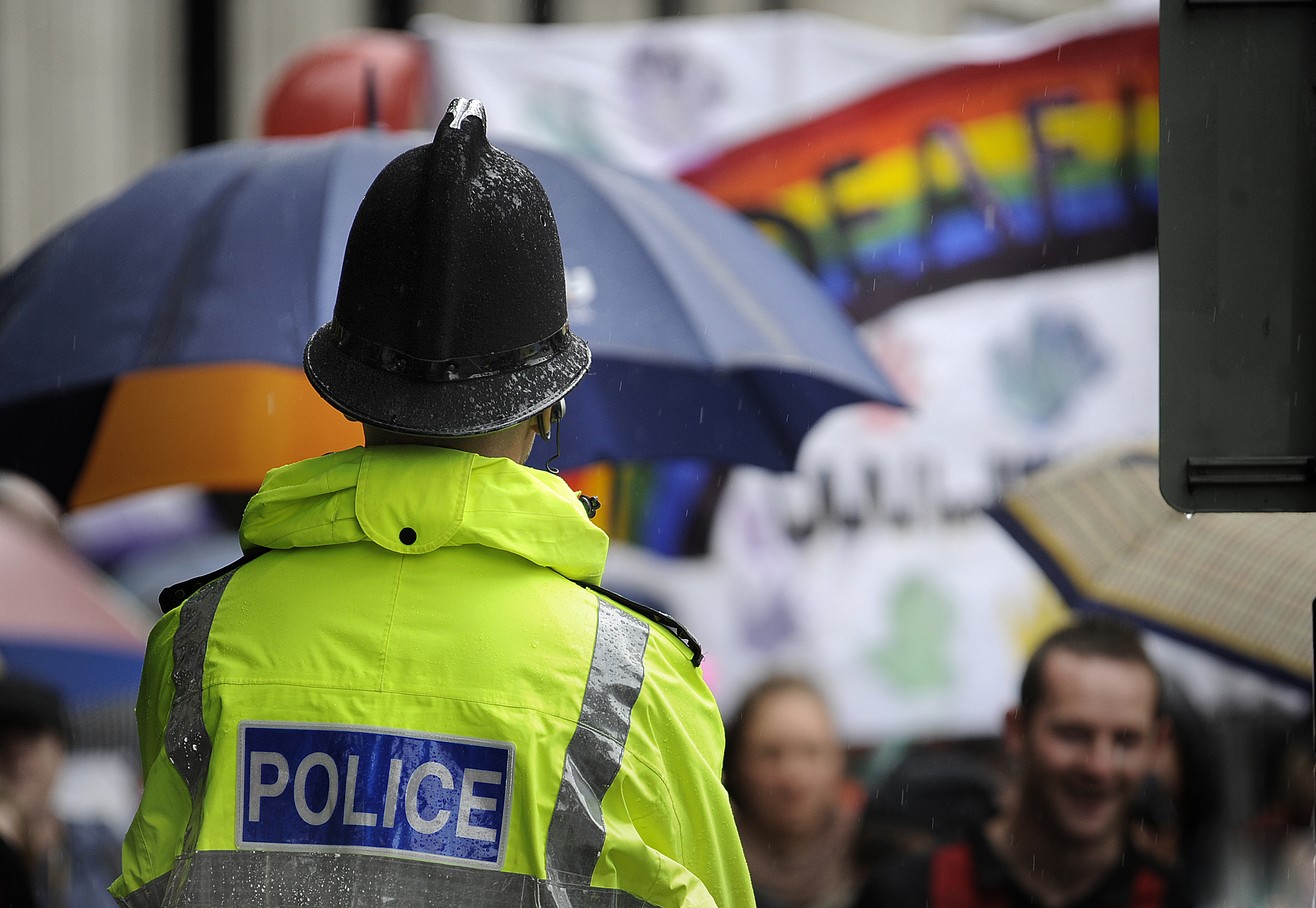The real picture of the demands on our officers
IN a snapshot of activity at 7am on Thursday 21 September 2017, the seven forces across the North East were dealing with over 4000 outstanding calls for service or open incidents, 144 missing persons and 269 prisoners in custody, painting a picture of the demand officers and staff face on a daily basis.
Inspector Jim Gray, Chairman of Northumbria Police Federation, said: “These figures of a typical midweek day show that demand is massively outstripping resources. Before we start every day, we are playing catch-up in terms of dealing with calls. It’s not just about crime, the impact of having to look for missing vulnerable people places a huge burden on already stretched resources.
“Despite the political rhetoric from Government, we are not just crime fighters. We are picking up the burden of many other areas of work from other agencies. This is against a backdrop of continually reducing numbers. The savage cuts imposed upon the police service are bringing the service to its knees. We are going back to the days of reactive only policing of the mid 1980’s. This a not good for the service or the public.”
In July, figures released by the Office for National Statistics (ONS) further outlined the demand on police, showing that recorded crime increased by 10% nationally in the previous twelve months with an 18% rise in violent crime.
At the same time, workforce data revealed a further fall of nearly 1,000 officers in the previous 12 months leaving forces to manage with the lowest number of officers since 1985.
In the North East officer numbers have reduced by 19% since 2010 with the loss of 3,736 officers across the region (19,673 to 15,937). In Northumbria there are now 3,289 officers – down 898.
Increasing and unrealistic workloads set against a backdrop of increased crime and reducing officer numbers is taking its toll on police officers in the North East.
Combined figures from the Police Federation of England and Wales’ recent pay and morale survey showed that on average, 60% of officers in the North East were experiencing low morale. How police are treated as a whole and workload and responsibility were two of the most significant contributory factors.
South Yorkshire Police (68.3%) and Cleveland Police (65%) had the second and fifth highest number of respondents reporting low morale in England and Wales.
Durham (85.6 %) and South Yorkshire (83.2%) were ranked one and two for respondents that stated their workload had increased in the last twelve months, with two other North East forces, Humberside and Northumbria, featuring in the top ten. On average 70% of officers in the North East said their workload was too high.
Perhaps most worrying is that whilst 63% of officers in the region are proud to work for the police, 68% would not recommend joining the police service.
Inspector Gray, said further: “There is real anger and fury from officers regarding last week’s pay award announcement. The 1% pensionable pay rise, with an additional 1% one year only ‘bonus’ payment, still falls short of the 2.9% rate of inflation and equates to a real-terms pay cut for officers of 16% since 2010.
“In addition, officers are outraged that the Government have stipulated that the 1% ‘bonus’ element has to be funded from existing police budgets. This means, in reality, Chief Constables have to pay for it out of current local budgets – budgets which they are still trying to find savings from to deal with the already imposed cuts.
“They will have to consider stopping recruitment, reduce police officer numbers and / or reduce the level of service they provide to the community further to pay for this underhand Government pay award.
“All this does is further weaken the police service’s ability to deal with demand, lower the morale of officers and means, going forward, even fewer officers will have to do even more.”

